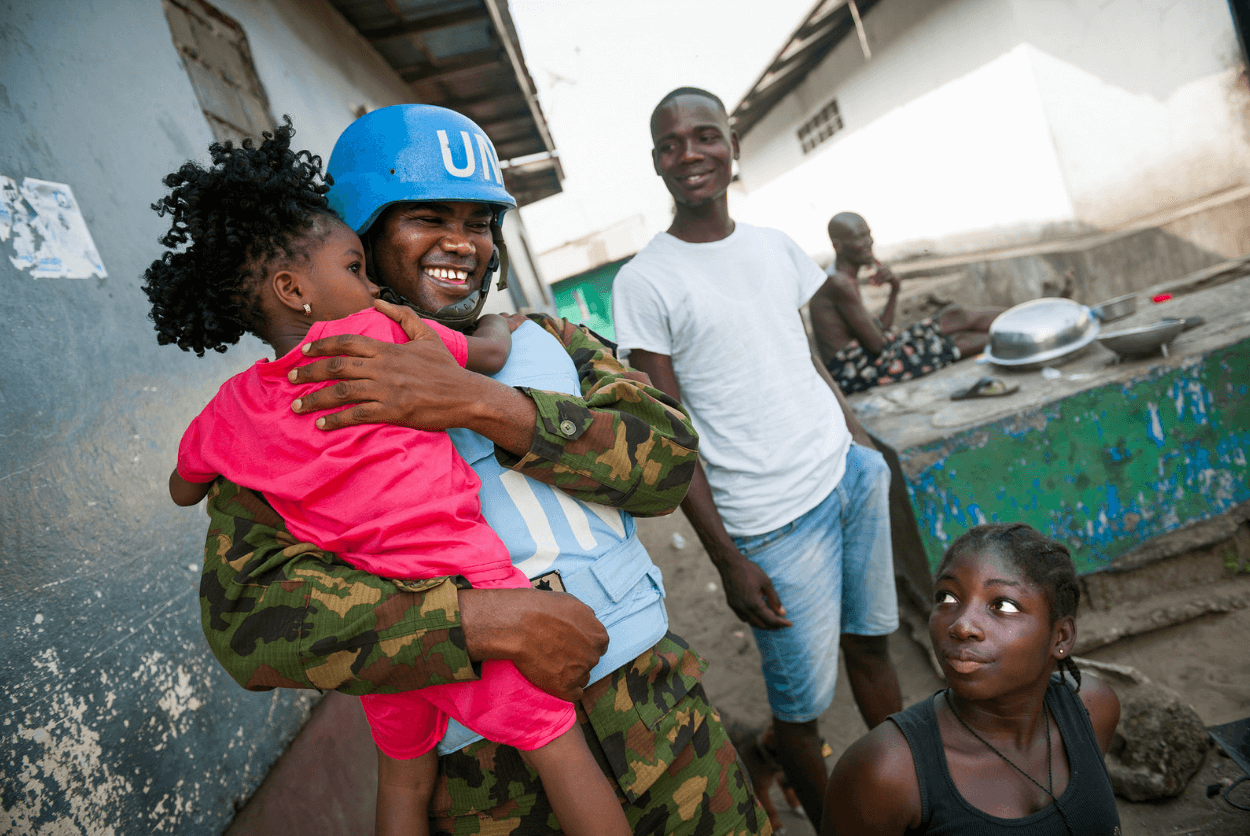Peacekeeping is not in the Charter of the United Nations. When negotiators hammered out the details of the San Francisco Treaty in 1945, they created a new model for international political cooperation. But that model excluded, at the time, a platform for the deployment of an impartial international military force to confront threats to peace and security.
That change just three years later, on May 29, 1948, when the United Nations Truce Supervision Organization was created to monitor a fragile truce between the newly formed country of Israel and its Arab neighbors. Since then, May 29 has been recognized by the UN as Peacekeeper Day to honor the Blue Helmets who have lost their lives in the line of duty. To date, there have been over 3,700 fatalities among nearly 1 million blue helmets deployed since 1948.
The UN Secretary General, fittingly, commemorated the day in Mali, which is home to most dangerous UN Peacekeeping mission in the world. The mission, known MINUSMA, has suffered over 160 deaths since 2013 — mostly at the hands of terrorist groups and insurgents.
MINUSMA is also a good example of how UN Peacekeeping has evolved in the last 70 years. Back in 1948 the peacekeepers were not an armed force, per se. Then, in 1956 the Canadian diplomat Lester Pearson created the elements of modern day peacekeeping by designing an armed mission composed of military units from many countries that deployed to monitor the withdrawal of troops from the Suez. (This ended what is known today as the “Suez Crisis.”)
For the most part, peacekeeping for the next 50 years used the model designed by Pearson: peacekeepers would deploy to monitor a truce and provide each side breathing room as a peace process takes hold. The peacekeepers have a straightforward mission of serving as the neutral guarantors of truce or peace agreement.
But today’s conflicts are far more complex. The Mali conflict is a good example. There is no “front line” of the conflict from which the sides need to be separated. Rather, various insurgent groups find strategic value in attacking UN Peacekeepers, mostly through IEDs and ambushes. Added to this mix, you have jihadist terrorist groups for whom attacks on civilian populations and attacks on the UN are a core part of their ideology. Meanwhile, the overall mission of the MINUSMA is to protect civilians from violence and assist the government of Mali as it conducts arduous “nation building” projects.
This is a far cry from the old days of UN Peacekeeping — but it is worth noting that peacekeeping has evolved as the nature of conflict has evolved. (Sometimes, far too slow as was the case in Rwanda). But in more modern cases the deployment of UN Peacekeepers has been extremely successful, including in Liberia, Cote D’Ivoire and Sierra Leone. These missions were more or less able to work themselves out of a job over the course of a decade, leaving behind stable countries and fast growing economies. (This was a point made in a recent op-ed by two members of the United States Congress, Adam Kinzinger and David Cicilline).
Today, there are over 100,000 peacekeepers deployed to 15 missions around the world. These forces are deployed at a cost-saving bargain to the countries that pay for their deployment, which includes the United States which foots over a quarter of cost of UN Peacekeeping. (A recent report by the US Government Accountability Office found that it has cost the US eight times less to support UN Peacekeeping Mission in the Central African Republic than it would have cost for the US to deploy its own military forces. )
So, this week, on the 70th anniversary of UN Peacekeeping it is worth to take a step back and appreciate both the individual sacrifices of foreign military personnel deployed to dangerous places not to advance any single country’s interest, but in the service of global peace and security. Peacekeeping is a continually evolving enterprise, and it serves the interests of peace and security to provide peacekeeping the resources it needs to keep up with the ever changing nature of conflict.
